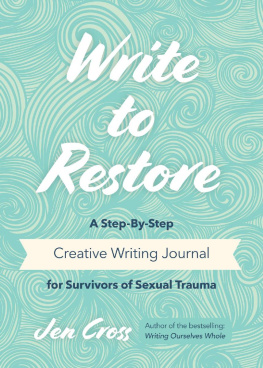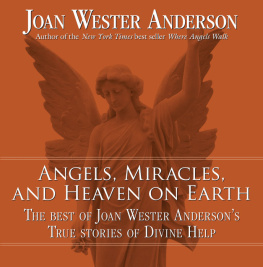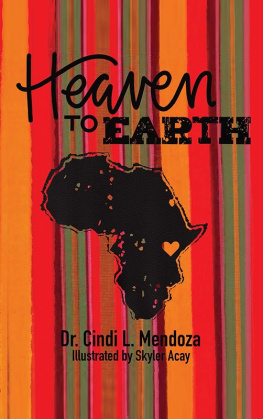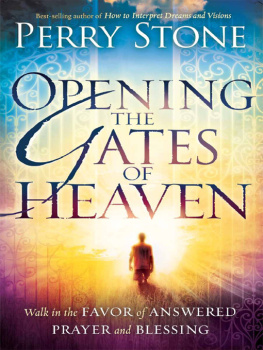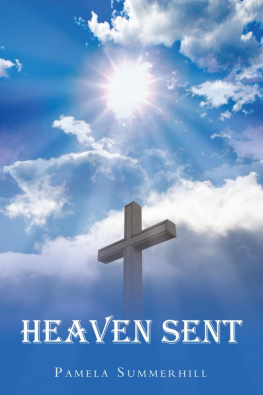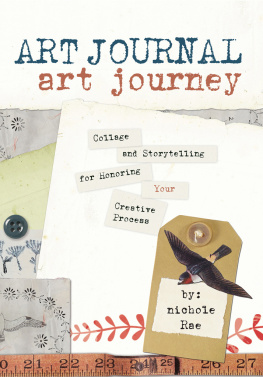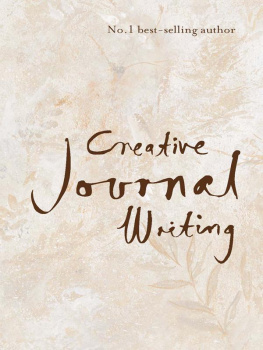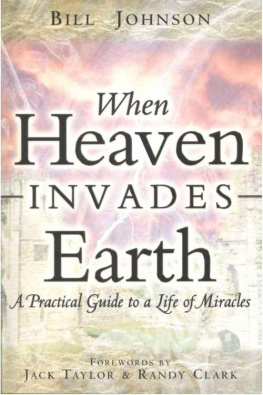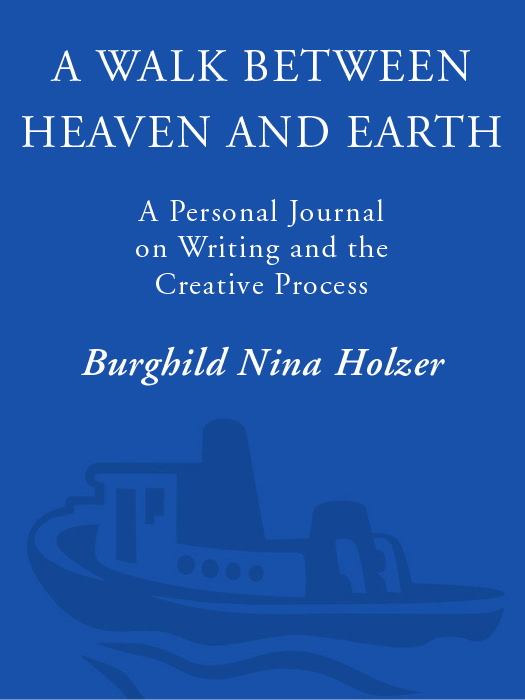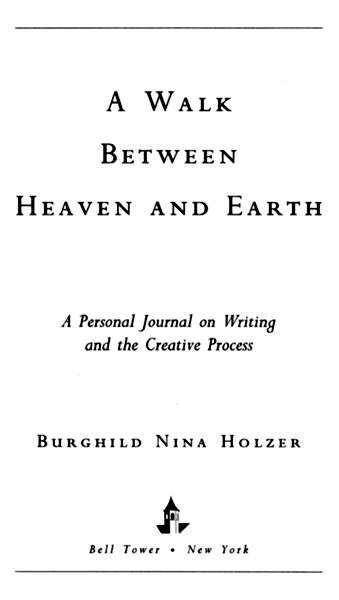Copyright 1994 by Burghild Nina Holzer
All rights reserved. No part of this book may be reproduced or transmitted in any form or by any means, electronic or mechanical, including photocopying, recording, or by any information storage and retrieval system, without permission in writing from the publisher.
Published by Bell Tower, an imprint of Harmony Books, a division of Crown Publishers, Inc., 201 East 50th Street, New York, New York 10022. Member of the Crown Publishing Group.
Random House, Inc. New York, Toronto, London, Sydney, Auckland
Bell Tower and colophon are trademarks of Crown Publishers, Inc.
Library of Congress Cataloging-in-Publication Data
Holzer, B. Nina
A walk between heaven and earth: a personal journal on writing and the creative process B. Nina Holzer.
p. cm.
1. DiariesAuthorship. I. Title.
PN4390.H65 1994
818.5403dc20 93-32585
eISBN: 978-0-307-77977-9
v3.1
for my brother
who walked ahead
on the path
Contents
S TARTING O UT
When one goes on a quest, one usually starts out with an intention. The intention might be some sort of goalto find something, to have a vision, to arrive at a certain place. Or one might focus on the process, the path taken, paying attention to everything that happens on the way. Or, as in a walking meditation, one might focus on the walking itselfthe movement, the breathing, the way ones foot meets the earth.
In writing this book, I combined all of these, as in fact many quests do. I had a goal of sorts. I wanted to produce a book for my students and wanted to document what I had been teaching in class, using the journal as a writing quest. But my particular interest for this journal was the path taken, the walk itself. Thus my strongest intention for this quest was to proceed in the form of a walking meditationto take one step at a time, to let each journal entry come forth from the moment, to keep my focus on the subject of writing, and to record this.
A quest is a journey into the unknown. The writing process, any creative process, is also a journey into the unknown. A journal then is both the quest itself and a record of the quest. This is what makes it such an exciting adventure for me. It is also what makes the journal such a fine learning process. I trace my own steps on the page. And so, no matter what all my intentions were when I started out, this book is mostly a record of my own path, a writers precarious journey through life.
In my own writing I had for years used the journal form as an experimental tool. My private journal was also a friend to me, an ear that could hear anything. But after years of random journal entries there were some unexpected insights into the nature of this process. I began to see that I was tracing something in the journal, that I was documenting something I was not conscious of.
I had come to realize that the writing process often produced altered states of consciousness in me that were very much like mystical visions. And I further came to see that without any conscious attempt, my journal had become a record of the sequence in which some mysterious process manifested itself in my writing and in my life.
As I gained more insight into this, I began to track myself more consistently in my journal, rereading it frequently, and I saw that a particular revelation in one entry had invariably triggered another in a later entry. I saw that certain themes had developed over weeks and months, and that random observations, thoughts, dreams, and sudden visionary images took place in a particular sequence. I began to trace these themes through my journal, and of course I could never tell how long it would take for the next piece in the sequence to show up. It might appear in the following entry, or it might be months down the road. Sometimes there were innumerable detours, but these often turned out to be subtle preparations for the next step.
The creative journey seemed to be very much like lifeunpredictable, mysterious, full of sudden miracles, but yet with a very persistent structure to it. This structure did not live in my conscious will, but rather in some unconscious field of knowledge. As my own writing process continued, I began to trust that hidden field of knowledge. I knew I did not have to be in charge of it. In fact, the less I was in charge of it, the more miraculous it became.
The journal became a helpful tool to track my own journey, because on the one hand the journal is a linear formthe dated entries are chronological, so that in rereading it you can clearly see at what point in time a new image or insight emerged. But on the other hand the journal is not linear at allyou repeat yourself, you walk in a circle sometimes, finding yourself in the same place, reexamining the same issues from a different angle. And yet this form is perhaps neither linear nor circular. Entries are written in the momentyou do not make an outline for a journal, you write it as life is lived, you record in random fragments. And what you have in the end is a field with many points of entry, a live web with definite patterns. I grew to trust completely that these random journal entries over time would inevitably reveal the larger structures of my process.
As I applied this personal experience to my teaching of writing, and to my work with people in general, I gradually understood that what we call the Creative Process is in no way limited to art or to individual acts of creating something. It is in fact a large ongoing movement in our lives, a force that has its own will and its own purpose, and which we manifest on many levels but in definite sequences. I saw that I was looking at a huge and, to me, profoundly sacred process, which was visible not just in my writing but in all aspects of my life and which the journal had involuntarily documented. It was from this point of my own insight that I began to write this book. For me, journal writing had become an exploration of my life process, in its continued metaphoric shape-shifting. I wanted this tool to be available to everyone, and I knew at this point that I was no longer just addressing students of creative writing but that this questing process on the page could be of value to people in many different situations.
This book was originally written six years ago. It documents a time span from the fall of 1987 to the summer of 1988. This may be helpful for the reader to know since some events in the book can be dated historically. However, this journal is essentially the record of a creative journey I took, thus perhaps timeless, and as relevant today as it was then. I have since rewritten it somewhat, but have been careful not to alter the actual journey that took place at the time.
It may also be important for the reader to know that this is not my private journal even though it contains many entries about my personal life. During the time of this writing quest I also kept a private journal. At the time I thought that mixing such a personal journal, which goes off into many different directions, with an ongoing focus on the process of writing would not work. Ironically, life broke into my focused writing meditation and could not be kept out. Thus my quest to document the writing process for my students also became the record of a truly personal passage.
B. Nina Holzer
Los Altos, California
Spring 1993
S AN F RANCISCO


